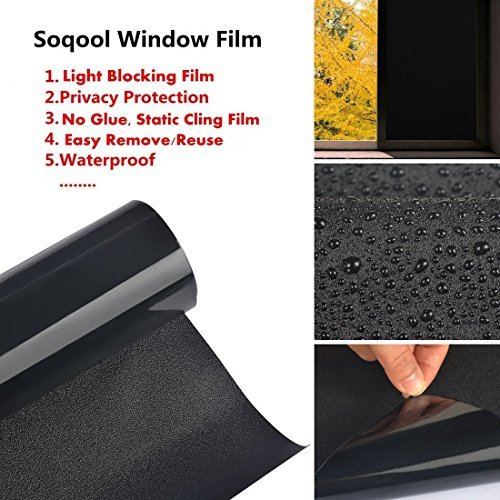
Seabotix uses surgical tubing pressured up like a balloon and filled with a needle and syringe, and it works great for their small subs. Comps can be anything from custom firestone truck airbags, to schilling acorn comps with a heavy internal spring mechanism. Residual air trapped in the system makes this number go up. In a wet can, we fill electronics cans with hydraulic oil, the industry standard is Tellus22, and then use a pressure compensator to pressurize that oil to a minimum of 2psi, but normally our working depth requires 10-14psi. Offshore we only use 3D printed parts for brackets for lights and cameras and very light tooling. PLA+ or even ABS CAN be used underwater for certain things, but the only way I have ever seen them work in a pressure vessel (which every dry can becomes the instant it goes subsurface) is in very shallow water less than 30’ and after coating interior and exterior surfaces with polyester resin to seal the actual print. Offshore ROV Pilot/Tech with a little over a decade of working experience… I could tell from the very beginning of his video where all he would fail and have water intrusion. Posted in drone hacks, Toy Hacks Tagged autonomous underwater vehicle, drone, drove fpv Post navigationįinally, a topic I am knowledgeable enough about to actually be able to share some of that knowledge. Or just go the route and make it into something new entirely. Possibly the propellers can be combined or make do with only three motors. So perhaps next time, instead of throwing that broken drone away, see if it could be given just a bit of love. So for the second test run, he used what limited capabilities it had left.ĭespite the project not working out how he expected, it’s a great example of how some reused parts and some 3d printing can make something entirely different. After its maiden journey, water got inside and fried some of the motor controllers. He epoxies the hatch to the hull and drills holes to charge the battery to stop the seemingly never-ending water leaks.

Despite the design being quite whimsical, he quickly regrets the screws as getting inside is tiring on the wrists.

The panel pressed up against a gasket via the few dozen metric screws along the perimeter. He printed a case with a large panel for accessing electronics inside and an acrylic window for the camera.

However, we will spoil the ending and tell you it doesn’t work out as well as he hoped due to water leakage. To his credit, the principle was sound, and the initial tests looked promising. So when got his hands on a cheap used drone, he reckoned that it could fly underwater just as well as it did in the air. Both have powerful motors that move large volumes of fluid (yes, air is a fluid), a camera, a remote, and an onboard battery. The differences between a drone and an underwater remote-operated vehicle (ROV) aren’t actually that large.


 0 kommentar(er)
0 kommentar(er)
